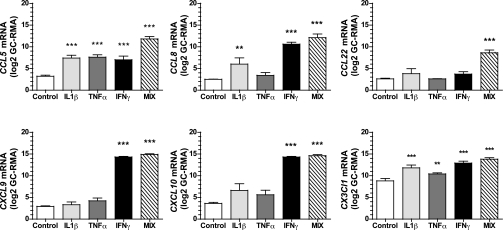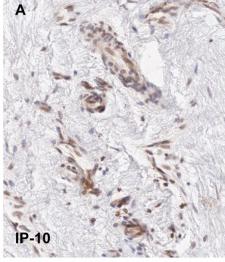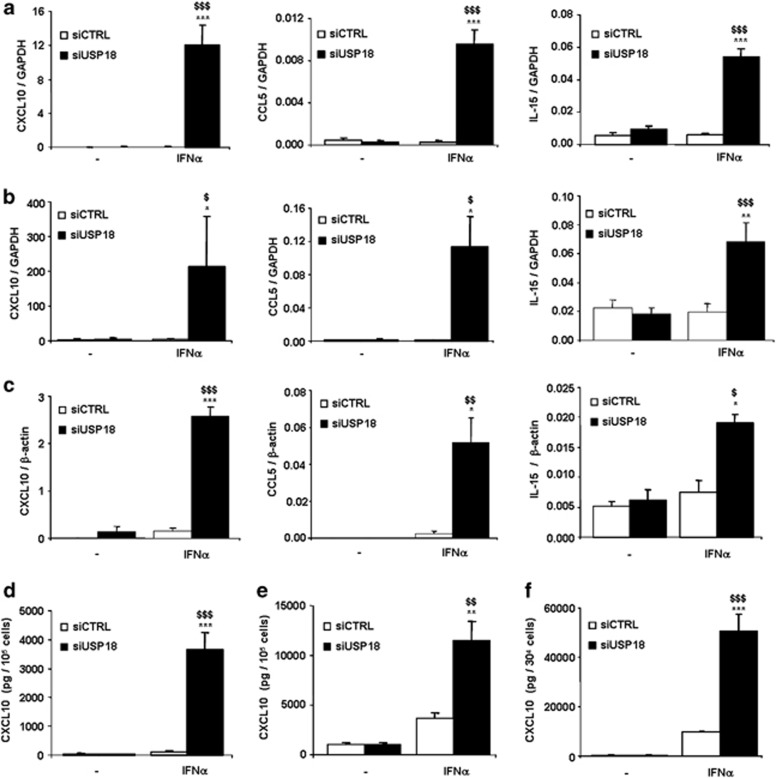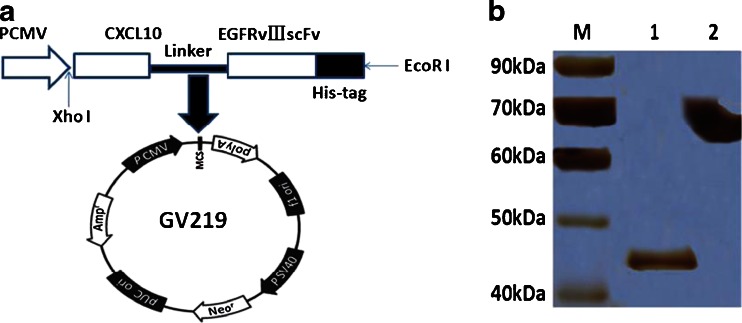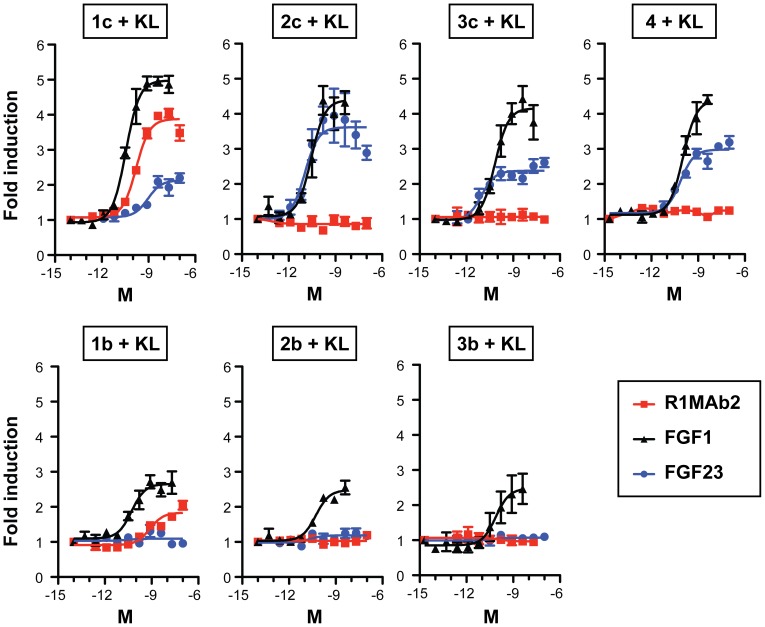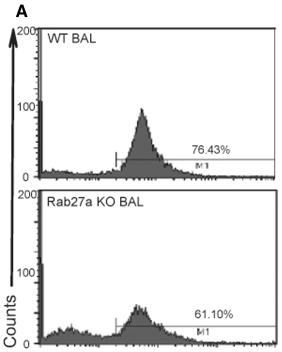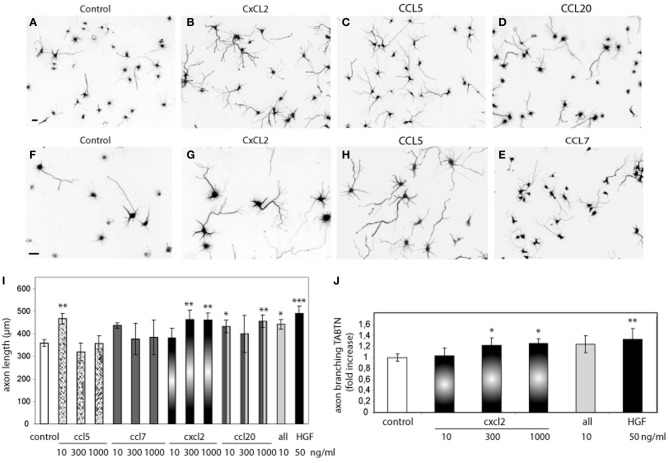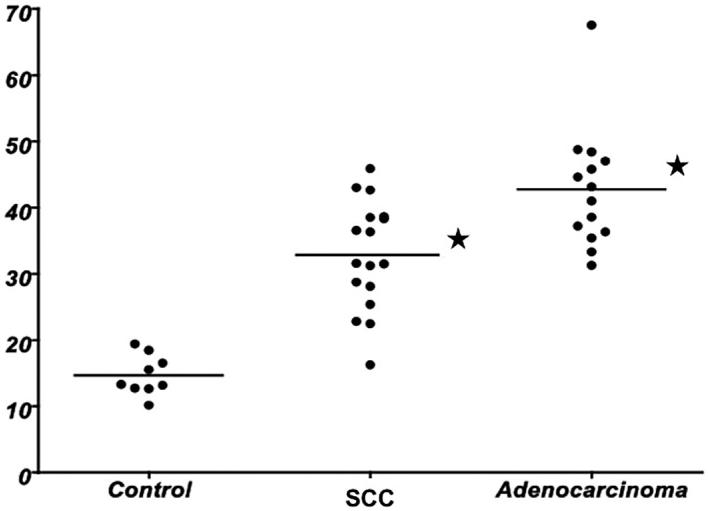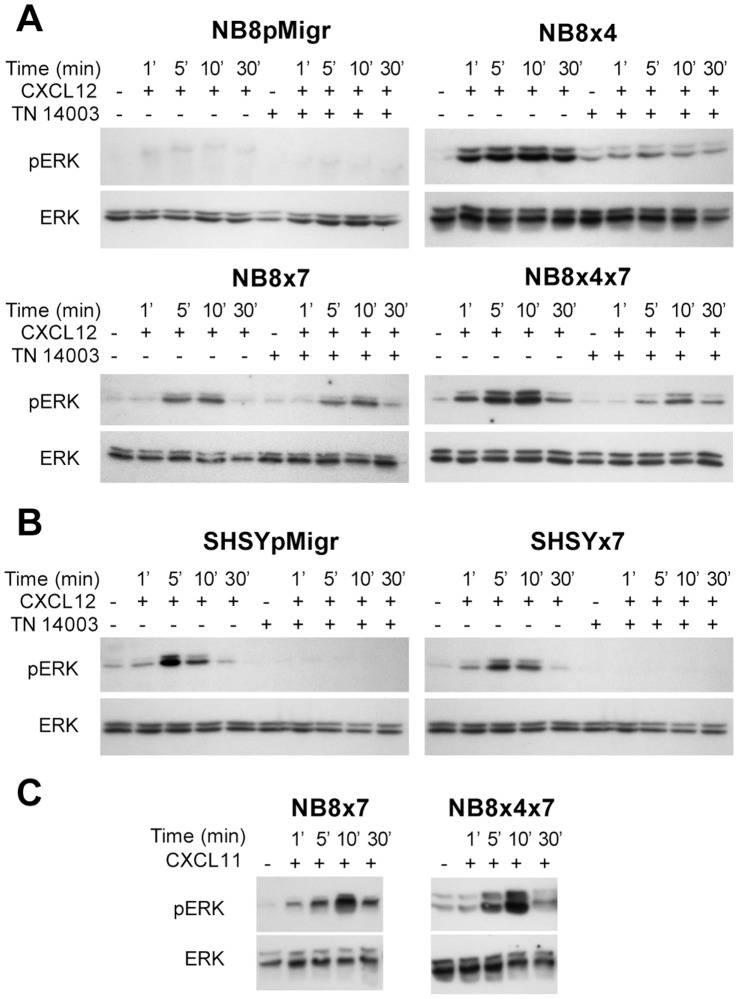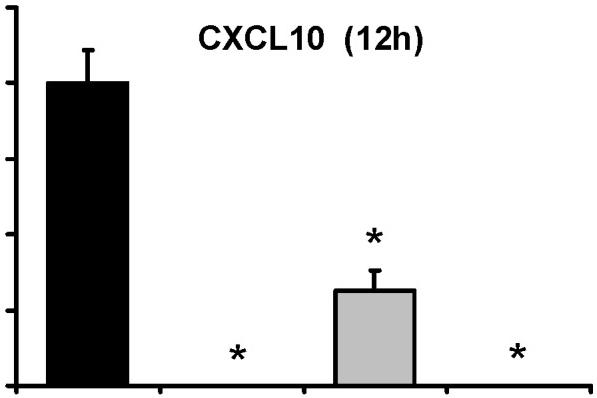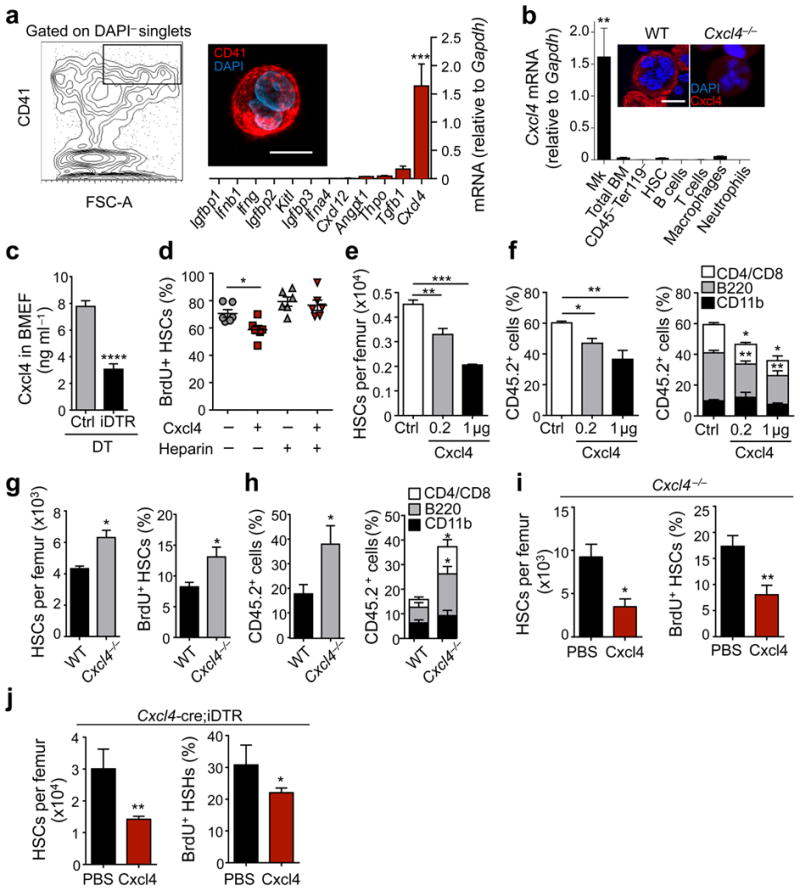Human IP-10 Recombinant
Categories: CXC chemokinesRecombinant Human Cytokines$70.00 – $2,700.00
Description
Accession
P02778
Source
Optimized DNA sequence encoding Human IP-10 mature chain was expressed in Escherichia Coli.
Molecular weight
Native human IP-10/CXCL10, generated by the proteolytic removal of the signal peptide and propeptide, the molecule has a calculated molecular mass of approximately 9 kDa. RecombinantIP-10 is a monomer protein consisting of 77 amino acid residue subunits, and migrates as an approximately 9 kDa protein under non-reducing and reducing conditions in SDS-PAGE.
Purity
>97%, as determined by SDS-PAGE and HPLC
Biological Activity
Determined by its ability to chemoattract human T-Lymphocytes using a concentration of-50 ng/ml.
Protein Sequence
MNQTAILICC LIFLTLSGIQ GVPLSRTVRC TCISISNQPV NPRSLEKLEI IPASQFCPRV EIIATMKKKG EKRCLNPESK AIKNLLKAVS KERSKRSP
Endotoxin
Endotoxin content was assayed using a LAL gel clot method. Endotoxin level was found to be less than 0.1 ng/µg(1EU/µg).
Presentation
RecombinantIP-10/CXCL10 was lyophilized from.2 μm filtered PBS solution, pH7.0.
Reconstitution
A quick spin of the vial followed by reconstitution in distilled water to a concentration not less than 0.1 mg/mL. This solution can then be diluted into other buffers.
Storage
The lyophilized protein is stable for at least years from date of receipt at -20° C. Upon reconstitution, this cytokine can be stored in working aliquots at2° -8° C for one month, or at -20° C for six months, with a carrier protein without detectable loss of activity. Avoid repeated freeze/thaw cycles.
Usage
This cytokine product is for research purposes only.It may not be used for therapeutics or diagnostic purposes.
Interactor
P51677
Interactor
P49682
Biological Process
Biological Process
Molecular function
Methods
Chemokine transcripts induced in human islet cells in response to inflammatory stimuli (microarray analysis).
- Cytokine cocktail -induced expression by a factor of >30 was observed for CCL5, CCL8, CCL22, CX3CL1, CXCL9, and CXCL10 (asterisks indicate significant differences between control and cytokine-treated islets).
PF4, collagen type I and IP-10 present in PEA material.
- Immunohistochemical stainings for PF4 , trichrome staining and IP-10 .
PF4, collagen type I and IP-10 present in PEA material.
- Immunohistochemical stainings for PF4 , trichrome staining and IP-10 .
Inhibition of USP18 exacerbates IFNα-induced chemokine expression in INS-1E cells, primary rat beta cells and human-dispersed islet cells.
- CXCL10, CCL5 and IL-15 were assayed by RT-PCR and normalized for the housekeeping genes GAPDH (a, b) or β-actin (c).
Generation and characterization of recombinant IP10-scFv.
- aThe IP10-scFv gene was inserted into GV219 under the control of the PCMV promoter as a XholI/EcoRI fragment and amplified from the plasmid GV219IP10-scFv.
Cellular migration assays in vitro
- Migration assays using the IP10-scFv fusion protein were performed in a 24-well Transwell chamber (5-μm pore size ) coated with 10 mg/ml of fibronectin on the bottom of the upper chamber.
- The DC-induced CTLs were suspended in RPMI 1640 containing 1 % BSA and applied at a density of 1 × 105/well.
- Then, 200 μl of the cell suspension was placed into the upper Transwell chamber and 100 μl (1 ng/μl) aliquots of the refolded IP10-scFv, 100 ng recombinant human IP-10 , 100 ng anti-EGFRvIII monoclonal antibody , and PBS serially diluted in chemotaxis medium (RPMI1640 with 1 % BSA) were placed in the lower chamber.
- The chambers were then incubated for 3 h at 37 °C in a humid atmosphere of 5 % CO2.
- After incubation, the number of cells that migrated to the lower chamber and mixed uniformly was determined with crystal violet staining followed by counting under a light microscope (16 selected high-power fields).
- The results are expressed as the…


